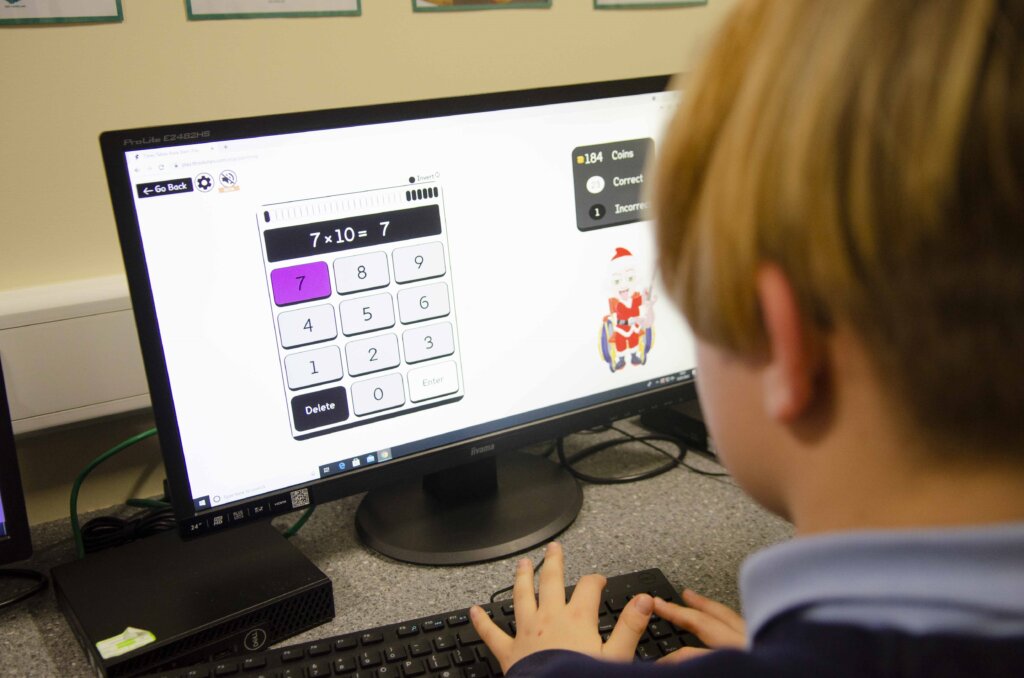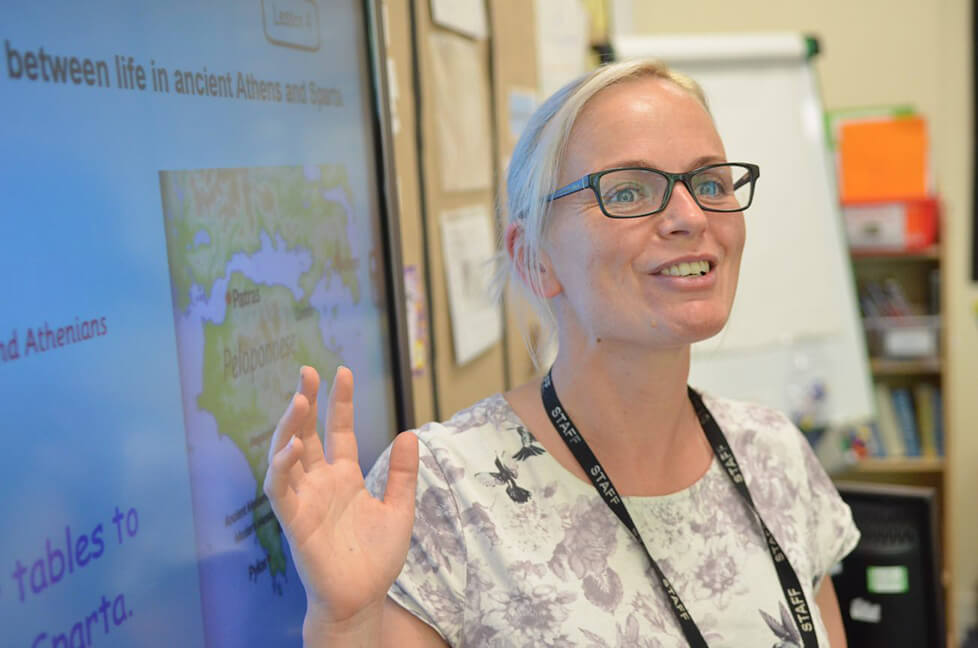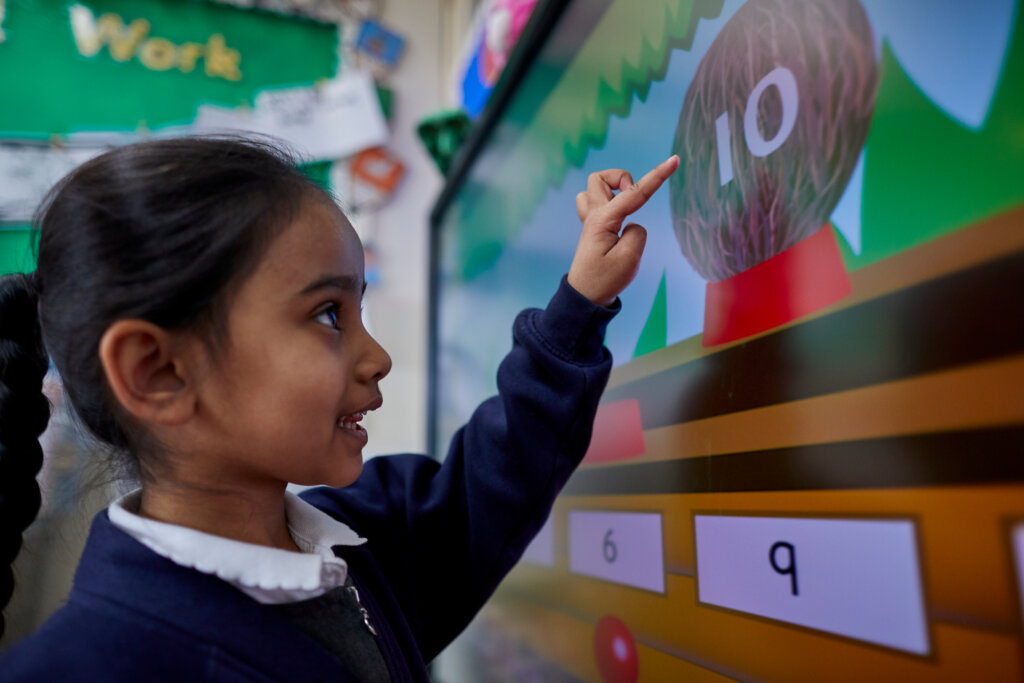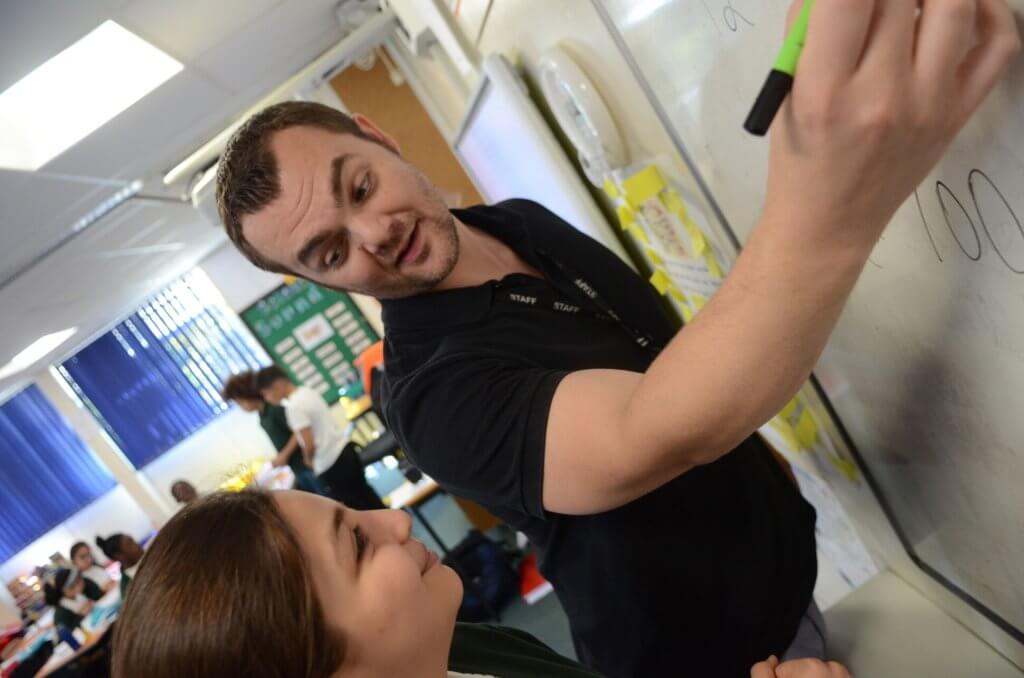Reforms to Education for an Inclusive Britain
Last year, a government commission on racial and ethnic disparities, chaired by Dr Tony Sewell, concluded that although education is the “single most emphatic success story of the British ethnic minority experience,” there were still barriers to overcome to achieve a wholly post-racial society. This week, the government published its response, delineating the various measures it will take to ensure every student has the opportunity to go as far in life as their ambition will take them. Here are some of the changes that schools can expect:
First, the government pledged to create a more inclusive history curriculum, encouraging children to see themselves as integral parts of “the rich, diverse mosaic of traditions, faiths and ethnicities which make up the UK today.”
After concerns that some black pupils are experiencing discrimination because of traditional uniform policies, which are not always appropriate for those with afro hair, the government plans to create new guidance for school leadership, advising on best practice so that schools can ensure their uniform policies are consistent with equality law.
The government also recommends that schools collect and publish governing board diversity data, in an effort to encourage governing bodies to better reflect the communities they serve. The Department of Education will also update guidance for governors, to advise on how to “widen the pool of potential volunteers and promote inclusivity.”
Growing Towards Digital Maturity
Whilst a variety of digital tools, online platforms and software have been used in many schools and classrooms, it was not until the Covid pandemic that teaching entirely depended upon the application of Education Technology (EdTech). Remote teaching turned out to be a learning experience for both pupils and teachers alike, as we acquainted ourselves with new programmes and acquired new digital skills. Despite all our experience, however, a report recently published by the Department of Education found that just nine percent of schools are considered to be “digitally mature.”
According to the report, digital maturity is measured by three critical elements: technology, capability, and strategy. Using these metrics, about sixty percent of schools are half-way to becoming digitally mature, whilst a total of thirty-one percent are considered to be low in digital maturity, meaning they only had a “few fundamentals in place necessary to embed digital technology within their school.” Analysis revealed that these schools are generally located in rural areas, primary phase, local-authority maintained, or rated “good” by Ofsted.
With this insight, the government hopes it can support schools to effectively embed technology within the learning environment, making the most out of all the opportunities that it presents, for example reducing teacher workloads, cutting costs, and boosting pupil outcomes.
Disparities in Ofsted Inspection Outcomes
Over the last thirty years, Ofsted have changed their inspection framework four times in attempts to make the rating process fairer for schools. In spite of these efforts, many school leaders believe the system still stands to be improved, if not entirely reformed. Recently, Katharine Birbalsingh, the chair of the Social Mobility Commission and headteacher of Michaela Community School, urged teachers to outright ignore Ofsted and “do what is right for your children.” In a similar vein, Labour ministers have proposed plans to reform Ofsted in order to support struggling schools. Shadow Education Secretary, Bridget Phillipson, emphasised that:
Now, new research raises more questions about the fairness of inspection outcomes. Through the investigation, researchers discovered the following trends:
Regional Differences London secondary schools are twice as likely as those in the North East to be consistently rated “good” or better. Secondary schools in the Midlands face similarly low odds, whilst those in the North West perform only marginally better. Regional differences appear less severe between primary schools, with forty-three percent of primaries in the North West always rated “good,” just one percent shy of primary schools in London. Still, less than a third of primary schools in the Midlands receive consistently good ratings.
Socioeconomic Differences There is a clear correlation between good Ofsted ratings and a school’s socioeconomic status. By measuring the percentages of pupils eligible for free-school meals, researchers found that among the most deprived schools, less than twenty percent were always given “good” or better Ofsted ratings. This is in stark contrast to the least deprived schools, where over sixty percent are rated “good” or higher.
Many are unsurprised by the latest findings, which appear to confirm suspicions that less affluent schools are penalised by Ofsted’s current rating system. Stephen Tierney, chair of the Headteachers’ Roundtable, warns that Ofsted is “really just grading [school] intakes. It’s saying nothing about school effectiveness.”
As educators, we often encourage children to keep an open mind, embrace new challenges, and learn from their mistakes. This week’s news stories have reminded us to follow our own advice, as we face new reforms and potential for growth.















